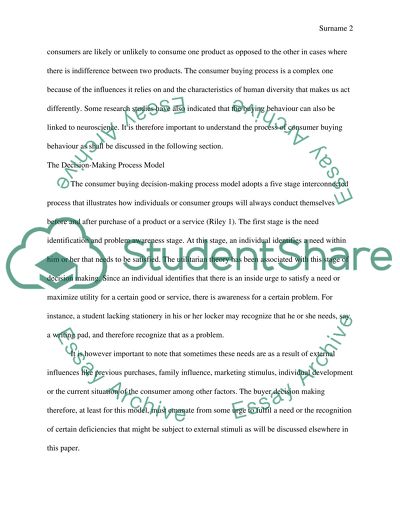Cite this document
(“BUYER BEHAVIOUR Essay Example | Topics and Well Written Essays - 2500 words”, n.d.)
Retrieved from https://studentshare.org/marketing/1612838-buyer-behaviour
Retrieved from https://studentshare.org/marketing/1612838-buyer-behaviour
(BUYER BEHAVIOUR Essay Example | Topics and Well Written Essays - 2500 Words)
https://studentshare.org/marketing/1612838-buyer-behaviour.
https://studentshare.org/marketing/1612838-buyer-behaviour.
“BUYER BEHAVIOUR Essay Example | Topics and Well Written Essays - 2500 Words”, n.d. https://studentshare.org/marketing/1612838-buyer-behaviour.


